Common sorrel seeds make a great addition to perennial wildflower mixtures. Its small greenish flowers appear from May to July and soon turn crimson peppering green meadow grasses with crimson and pink. A short-lived perennial wildflower with arrow-shaped leaves that grow from the stem at the base of the plant it is often found in grasslands, along woodland edges, and on roadside verges. Common sorrel is a larval food plant for caterpillars of the small copper, purple-edged copper, and sooty copper butterflies. Here are some more nectar-rich wildflower species to plant for bees and butterflies.
Common sorrel is also included in the following wildflower seed mixtures:
Things to note when sowing common sorrel seeds:
Latin name: Rumex acetosa.
Flowers: May to July.
Sow with: oxeye daisy, meadow buttercup, common knapweed, and wild carrot.
Height: up to 60cm tall.
Sow: in spring, before the last frost, directly where you want the plants to flower.
Lifecycle: short-lived perennial which readily self-seeds. Common sorrel is dioecious which means male and female flowers occur on different plants.
Soil requirement: well-drained soil in full sun.
Natural habitat: grasslands, woodland edges, roadside verges and herb gardens.
Also known as: spinach dock, narrow-leaved dock, sours ducks, and vinegar plant.
Did you know? Traditionally, the juice of common sorrel was used to remove stains from linen. Common sorrel leaves and flowers can eaten raw in salads, or to replace lemon or lime in dishes that require a hit of citrus flavour.
Is common sorrel safe for animals? If consumed in large quantities, the high levels of oxalic acid in common sorrel can be dangerous for both humans and animals. Consuming sorrel regularly should be avoided if you have joint or bladder issues, are taking any blood thinners, have joint issues, or bladder stones.

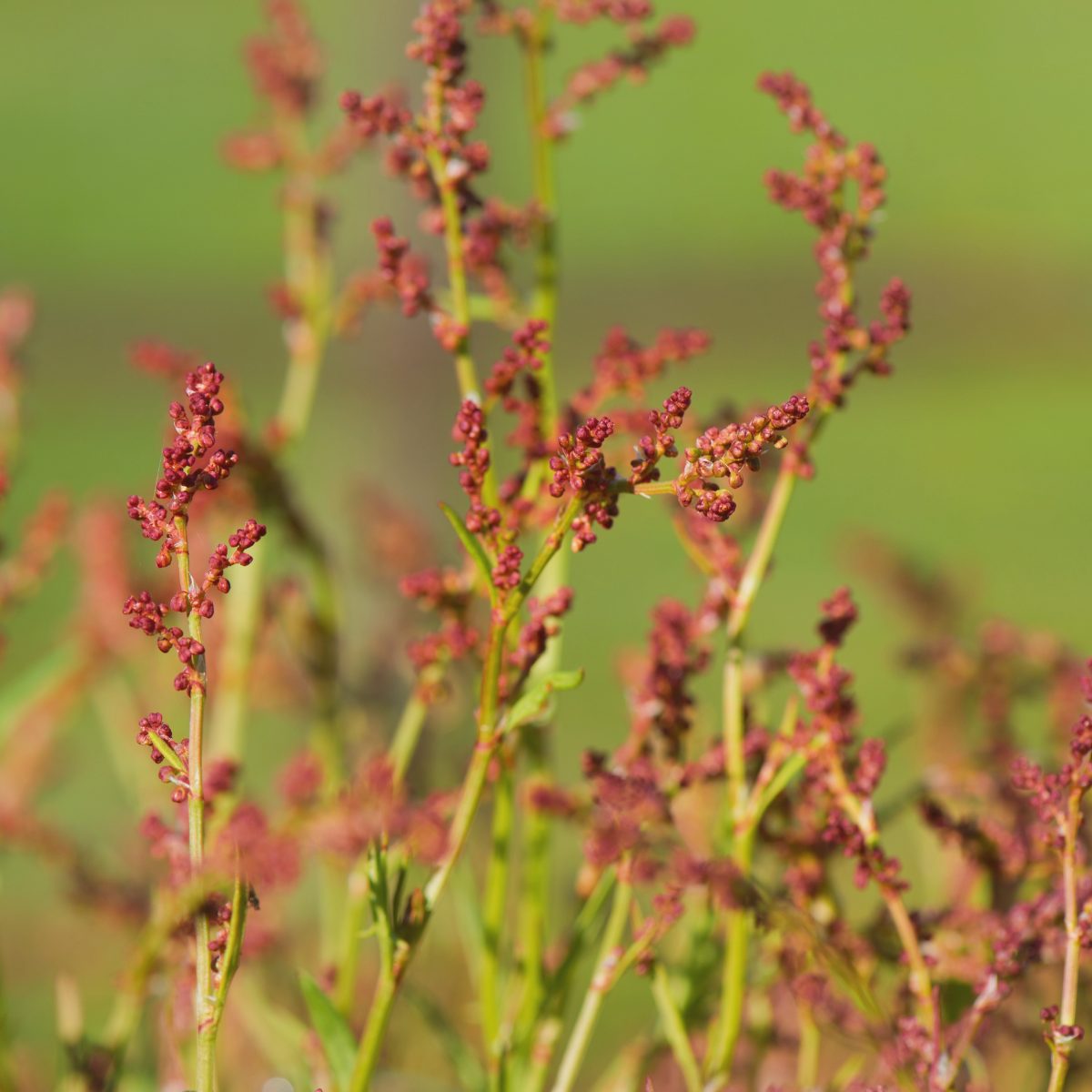
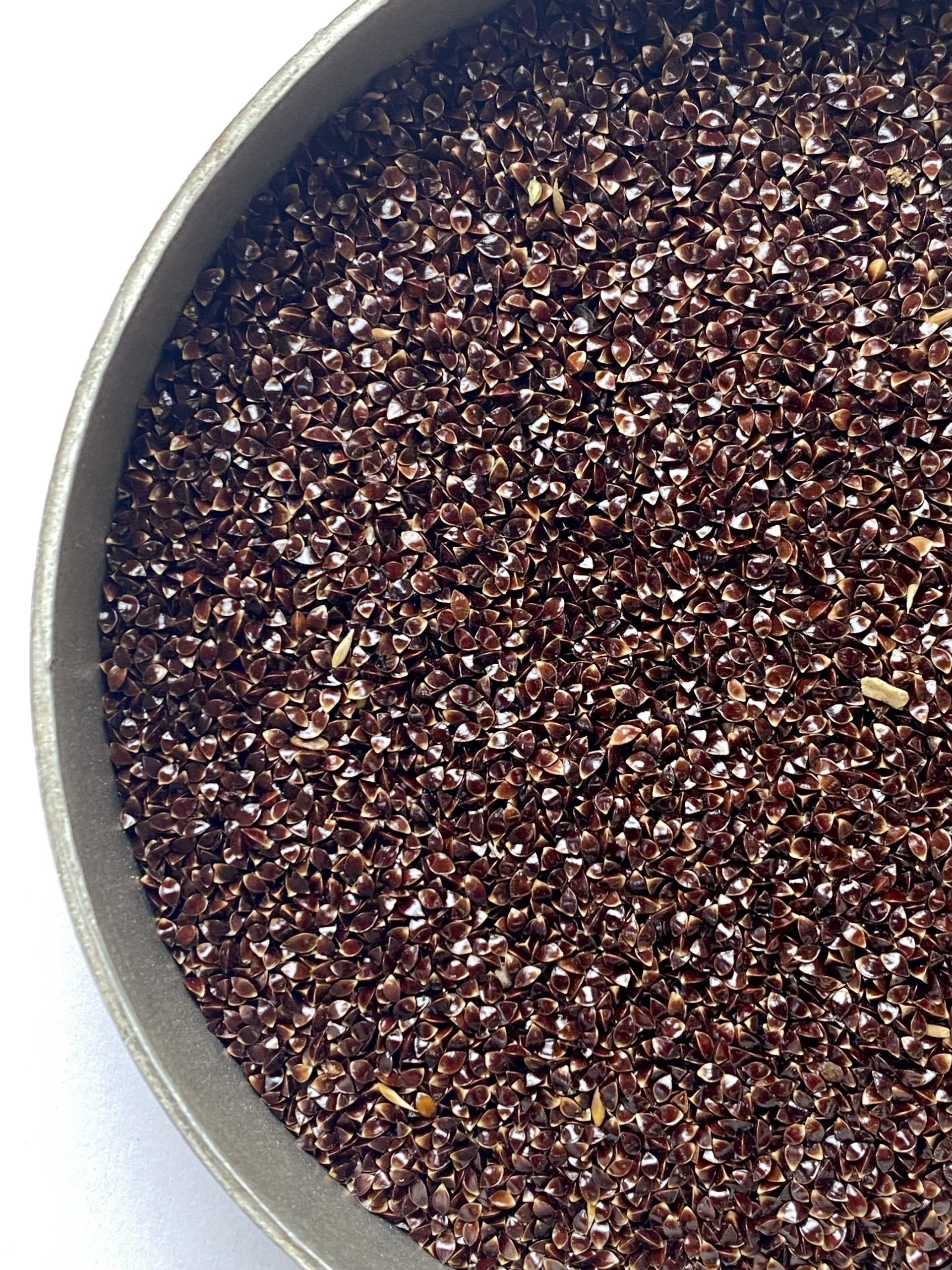
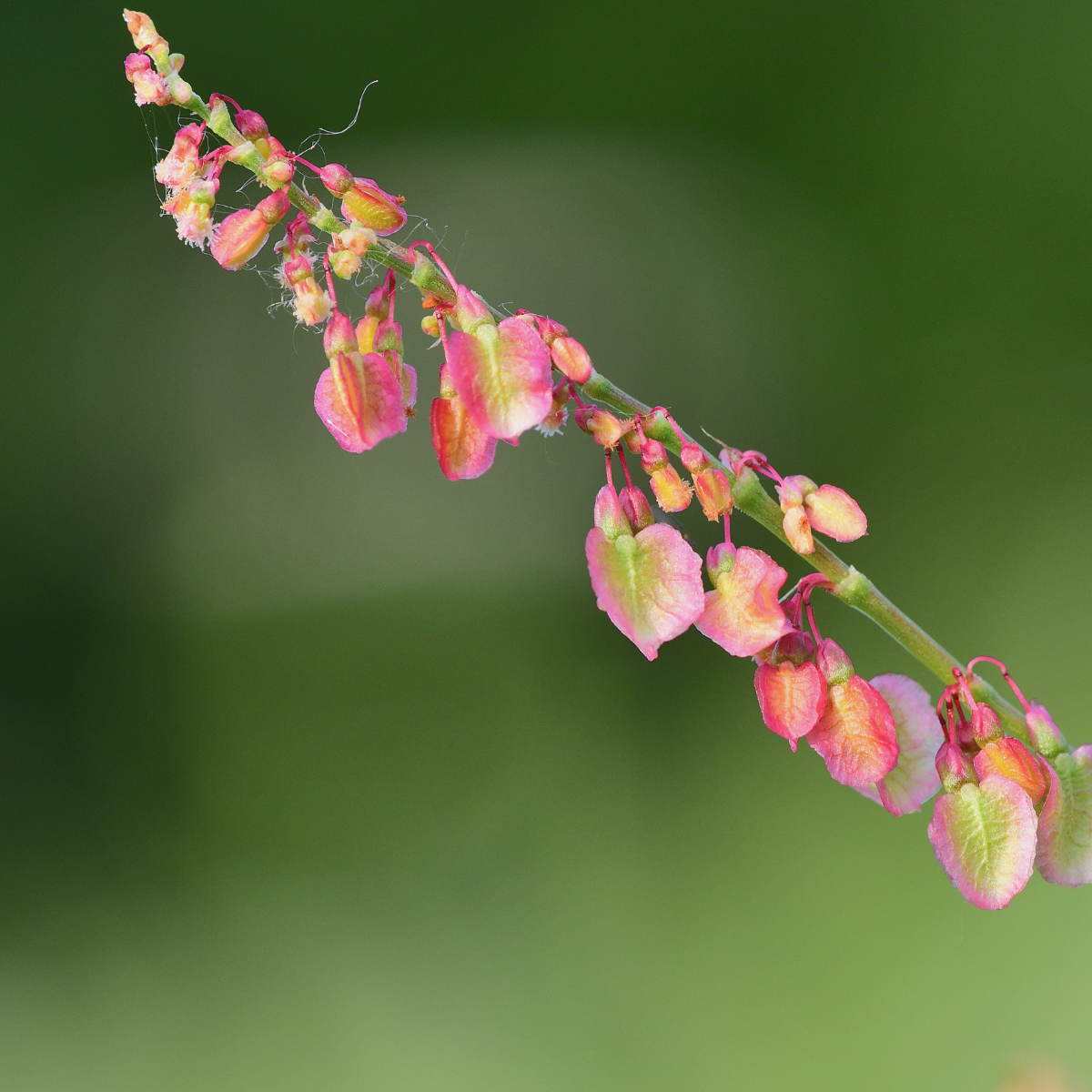
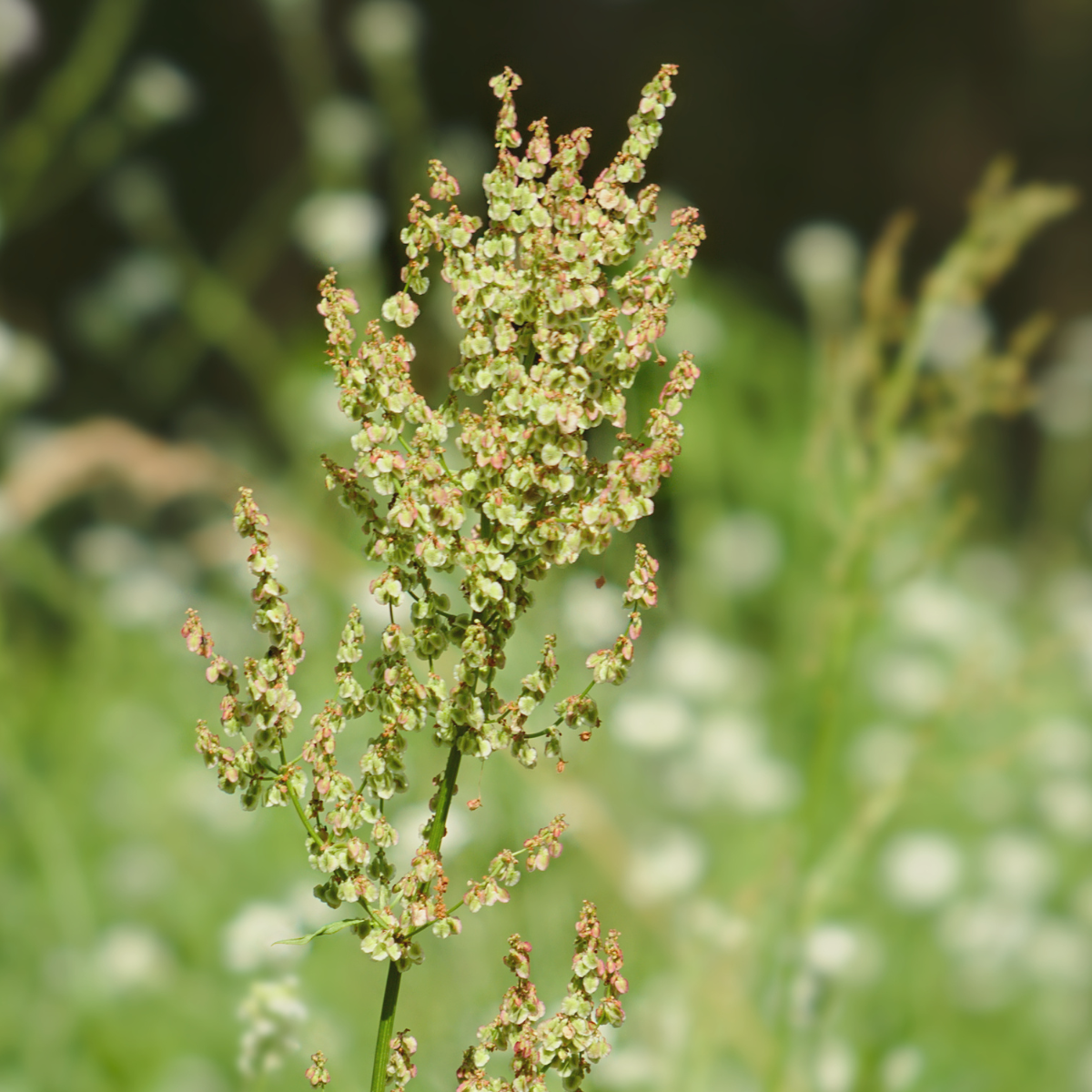
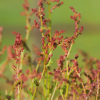
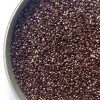
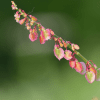
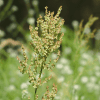
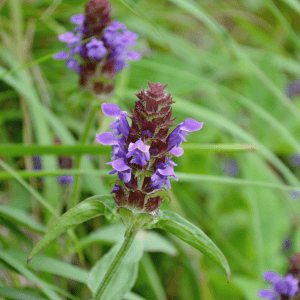
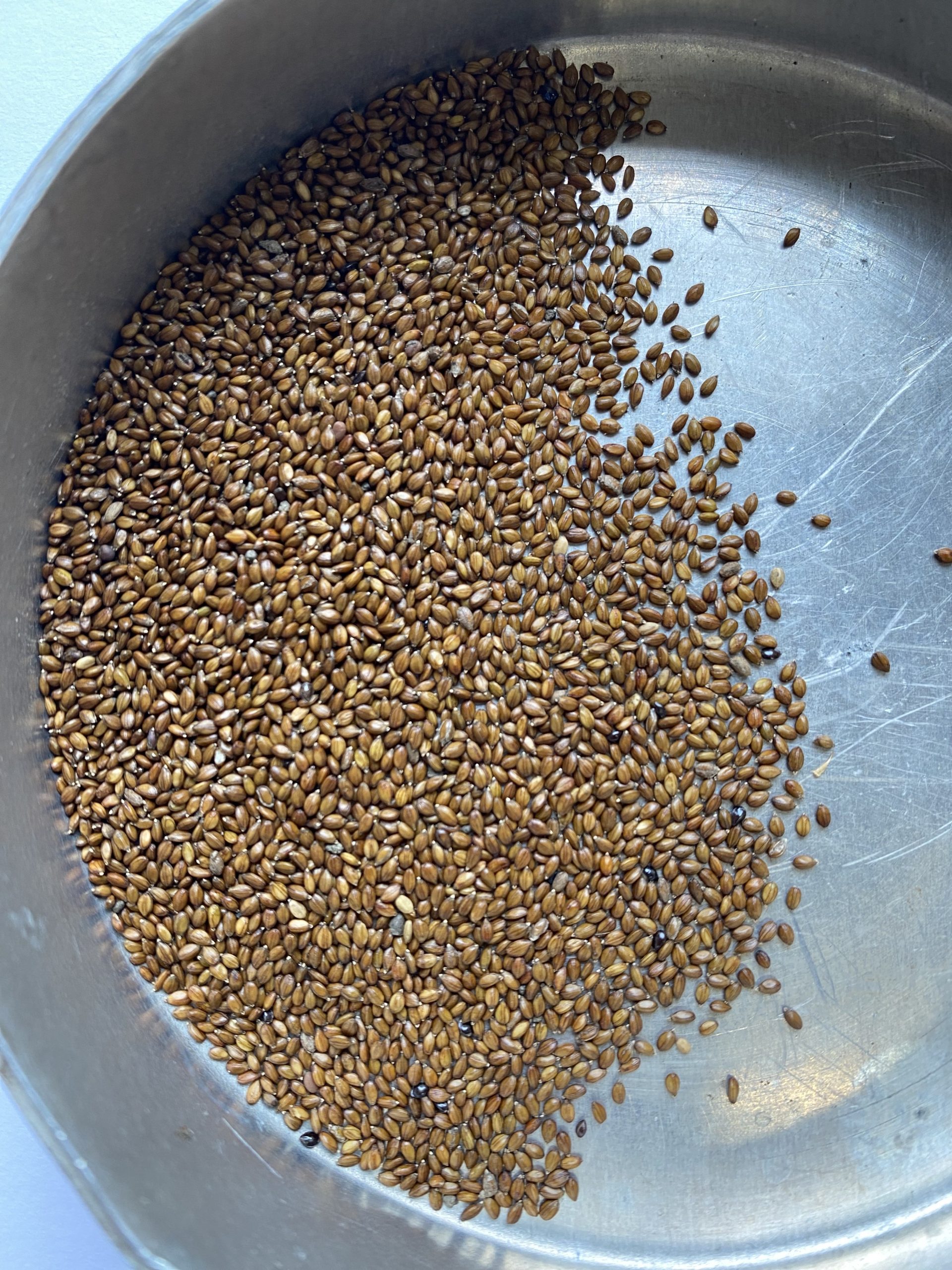
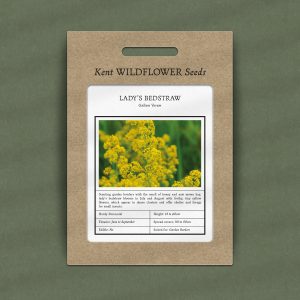

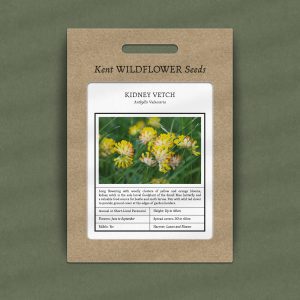
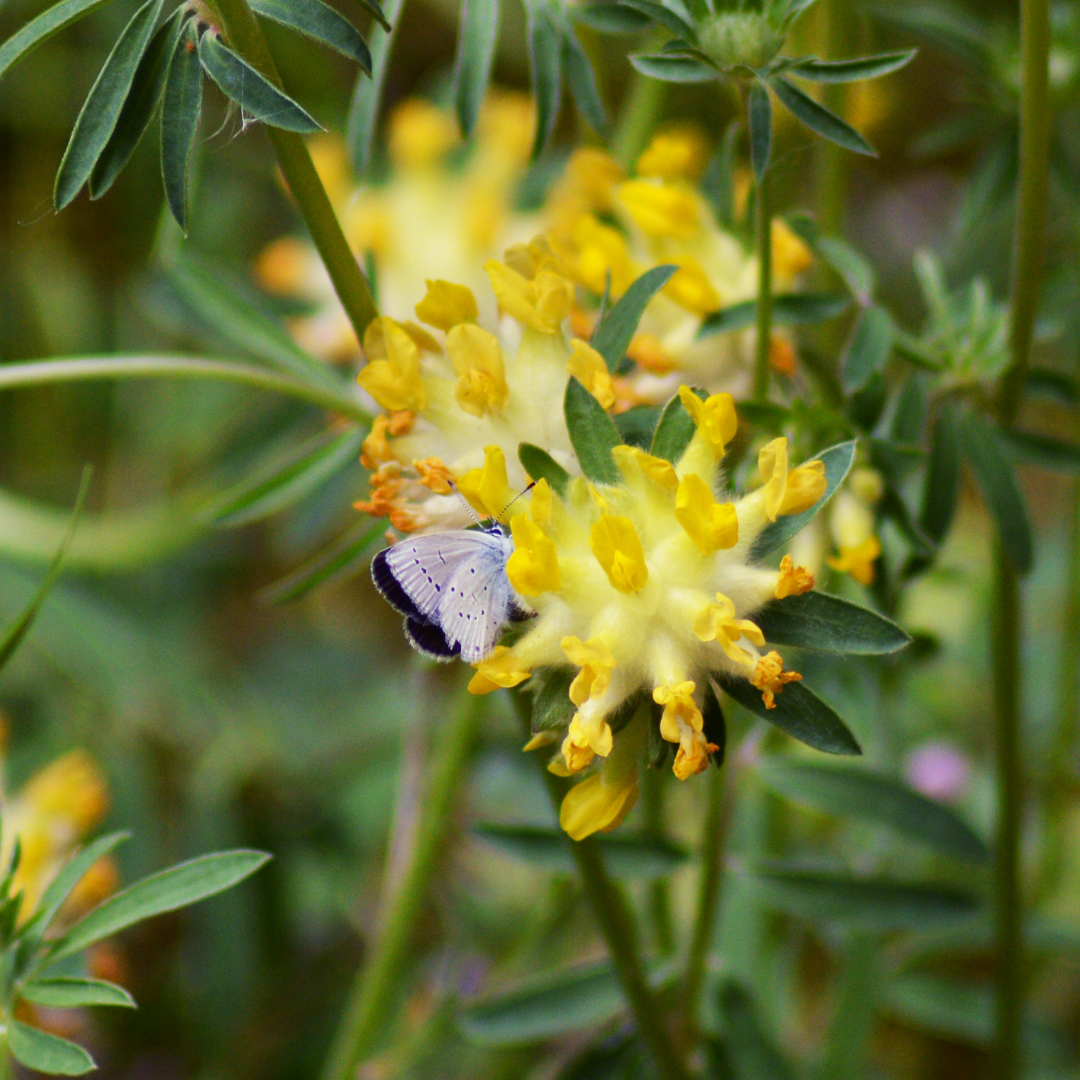
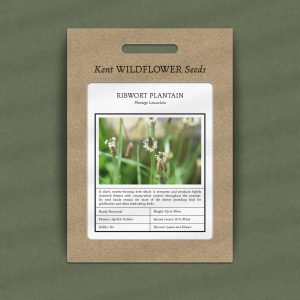
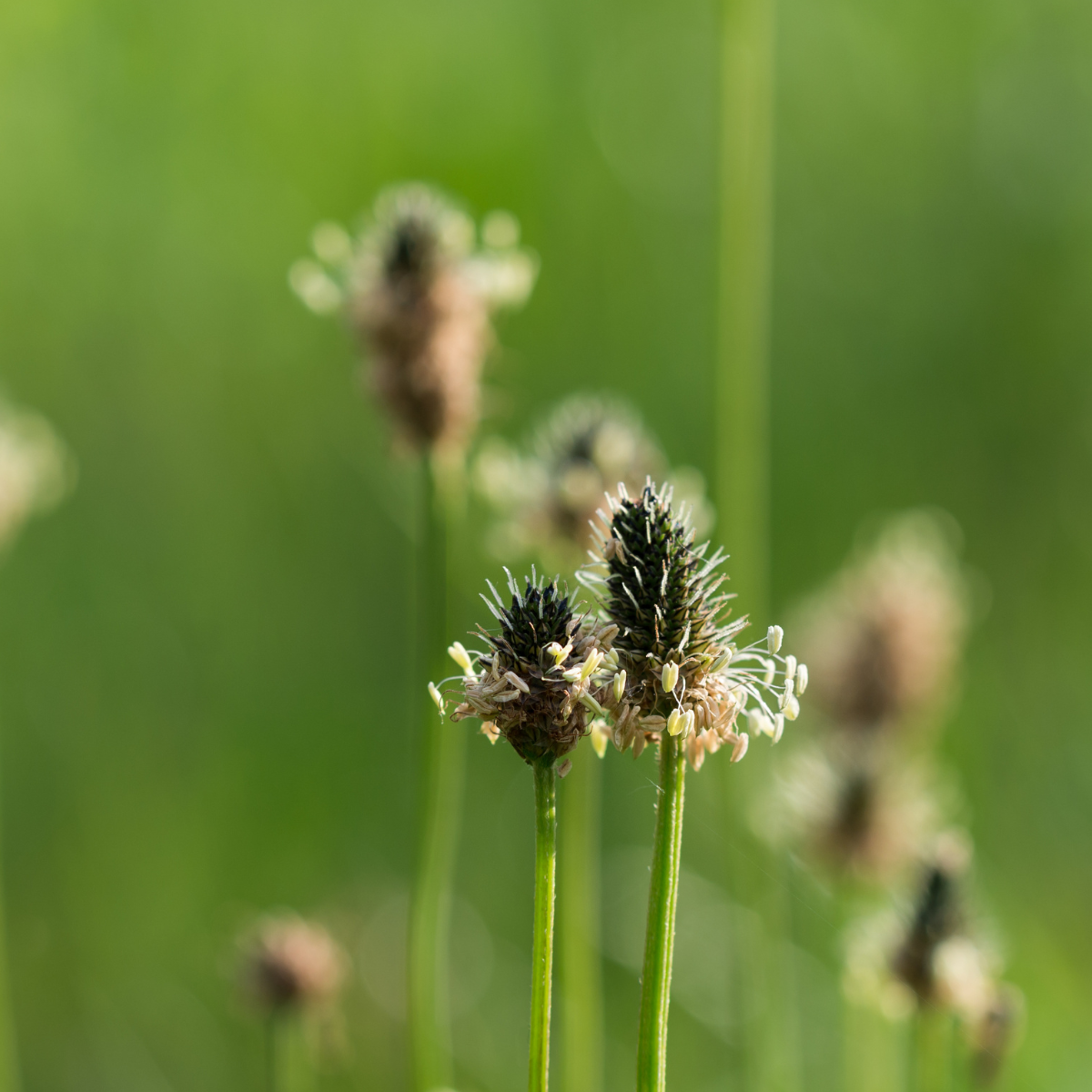
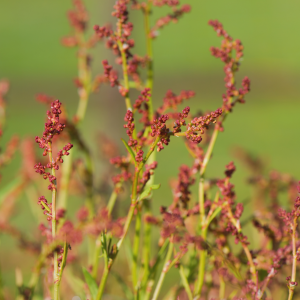
Reviews
There are no reviews yet.